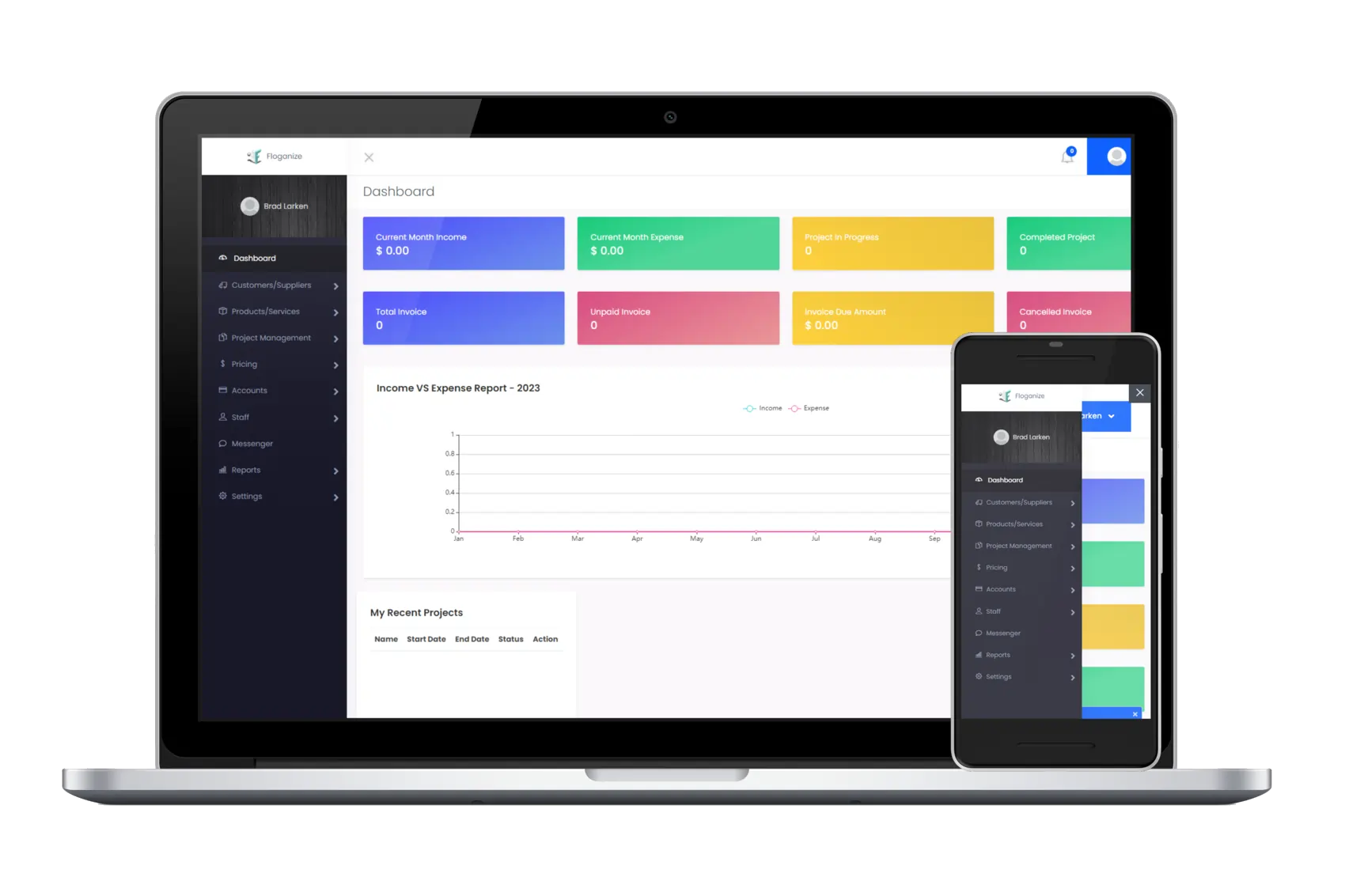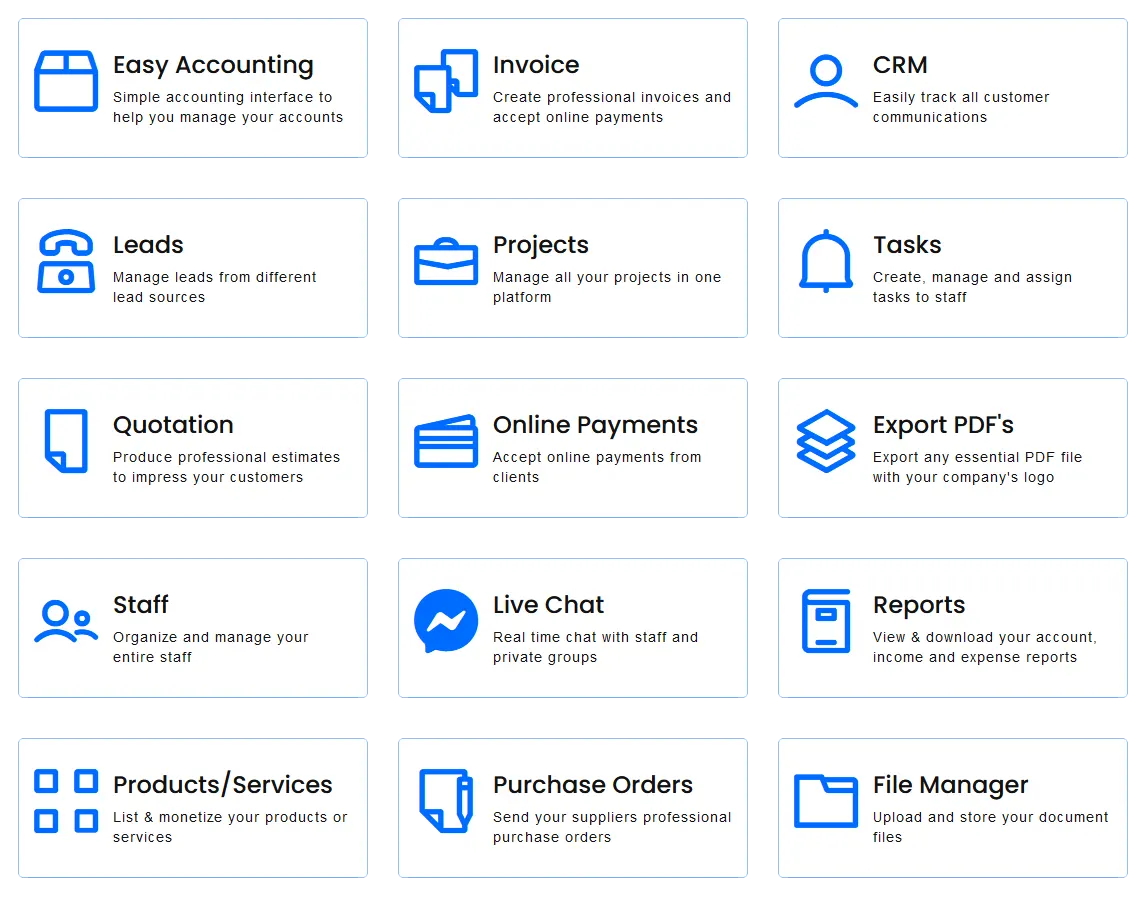SWOT Analysis - What Is It And Why Is It Important?
The most often employed business tool is a SWOT analysis. A SWOT analysis aids companies in taking a macro view of their operations in an effort to identify the business’s strengths, weaknesses, opportunities, and threats in relation to its industry. In this article, we’ll examine the benefits of SWOT analyses for firms and why they’re necessary.
We’ll discuss these topics in this article:
– What exactly is a SWOT analysis?
– The Importance of SWOT analysis
– An example of a SWOT analysis
– What constitutes a solid SWOT analysis?
– Features of a SWOT analysis
What Exactly Is a SWOT Analysis?

Strengths, weaknesses, opportunities, and threats is also known as SWOT.
A tool for auditing a corporation and its surroundings is the SWOT analysis. It is the initial planning step and aids in keeping marketers’ attention on important concerns. SWOT refers to:
Strengths: competitive advantages the business has against rivals
Weaknesses: deficiencies the business has in comparison to rivals
Opportunities: external possibilities the business may profit from
Threats: external dangers to the success of the business
Business owners can analyze their company’s strengths, weaknesses, opportunities, and threats using a SWOT analysis. This information is crucial since it may guide business owners in making decisions regarding the future of their enterprise and pointing out possibilities for development.
For instance, if a business owner is aware that their firm excels in customer service but struggles with marketing, they might decide to strengthen their marketing initiatives and adapt to market demands. They might devise a marketing strategy that takes into account market and consumer trends.
Furthermore, if a business owner is aware of a market opportunity, they can take action to seize and benefit from that opportunity. Finally, a business owner can take precautions to lessen a threat to their company if they are aware of it.
In general, SWOT analysis offers business owners insightful information about their organization. Business owners can use this information to guide them through the ever-changing business environment and help them make informed decisions about the future of their enterprise.
It is a way to learn more about the internal and external issues that can affect an organization’s success. The results of a SWOT analysis can be utilized to inform the creation of strategies that will aid a company in achieving its goals.
An organization can take advantage of opportunities and defeat dangers by using its strengths. The creation of strategies can be used to address and overcome an organization’s deficiencies. The company can take advantage of available chances to strengthen its position, and threats can be lessened by putting plans into place that lower risks.
The Importance of SWOT Analysis
In order for firms to adapt to the changing market conditions, SWOT analyses are essential.
A SWOT analysis is necessary for firms for a variety of reasons. It can first aid business owners in better understanding the strengths and shortcomings of their organisation. Making judgments about how to improve operations and where to devote resources can be done using this knowledge.
A SWOT analysis can also assist business owners in identifying possible opportunities and dangers. Using this information, plans can be created for seizing chances and averting dangers. Finally, a SWOT analysis can assist business owners in maintaining constant awareness of the state and performance of their organization.
Businesses can build strategies to enhance performance and get a competitive advantage by comprehending these four components. Using a SWOT analysis, firms can better comprehend the risks involved in new initiatives or endeavours and decide whether or not to move forward.
Although SWOT analysis is a useful tool, it’s crucial to keep in mind that it’s just one step in the decision-making process. Before making any judgments, firms should also take into account additional elements, such as financial resources.
An Example of a SWOT Analysis

Typically, a SWOT analysis is developed in a team environment to promote open communication and collaboration.
Below are a few typical SWOT analysis instances.
Strengths:
– Strong brand recognition
– A solid track record
– High-caliber goods
– Devoted clientele
Weaknesses:
– Costly items
– Ineffective production techniques
– Absence of a website
Opportunities:
– Increasing sales in new markets
– Making new product launches
– Increasing productivity effectiveness
Threats:
– The competition from cheaper goods – Modifications in consumer preferences – The economic downturn
What Constitutes a Solid SWOT Analysis?
There is no one right way to construct a solid SWOT analysis, but there are some components that must be present. Finding the company’s advantages, disadvantages, opportunities, and dangers is the first stage. Following their identification, these should be examined to determine how they may affect the company’s capacity to meet its objectives. The analysis must be succinct and clear, and it must include information that will enable the business to make wiser strategic decisions.
The preparation of the question list for each element should come first. The question acts as a roadmap for carrying out SWOT analysis and compiling an accurate list. The SWOT framework is offered as a list, a document with free-form text, or typically as a four-cell table. The devoted quadrant of an element is contained in the grid. The chances and threats are listed first in the strengths and weaknesses section.
Both the positive and negative aspects of the company’s status should be considered in a good SWOT analysis. It shouldn’t include any opinions or suppositions and should only be based on factual information. The organization should be able to use the analysis to make decisions that will enhance its performance since it should be transparent and simple to comprehend.
Features Of A SWOT Analysis

The goal of a SWOT analysis is to evaluate the organization’s existing position within its industry, recognize opportunities and threats, and ascertain the organization’s strengths and weaknesses. SWOT analysis can be used in a variety of corporate contexts, but it is especially beneficial for marketing and strategic planning.
A firm can utilize the findings of a SWOT analysis to create strategies that will help recognize opportunities, control threats, and capitalize on strengths. A SWOT analysis is useful when it is carried out in accordance with a set of guidelines. Although the exact steps taken to conduct a SWOT analysis may differ, the analysis should cover the following topics:
– Assessing a new business endeavour
– Determining whether a new product or service is feasible
– Locating opportunities for improvement internally
– Creating marketing and/or growth strategies
– Generating concepts for new services or goods
– Comparing your company to competitors
Although there is no predetermined format for a SWOT analysis, the following questions should be addressed:
1. What do we excel at?
2. What are our shortcomings?
3. What opportunities are there for us?
4. What dangers do we face today?
View the Floganize Tutorials Section to Learn More
If you want to learn more about our powerful business management software, then please click here to view the Floganize tutorials educational page. You can sign up today for a free 14-day trial! Simply click here and enjoy all of the powerful features that will simplify your daily business tasks!


